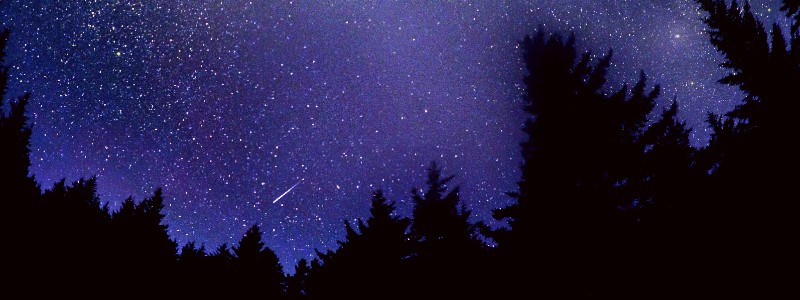How to see the 2020 Perseid Meteor Shower

Get ready! The annual Perseid Meteor Shower will reach its peak late on the night of Tuesday, August 11-12. This is one of the most active meteor showers of the year, often producing 50-80 meteors per hour for observers in a dark location.
When to Observe
The best time to see the Perseids will be on the night of August 11 from 11:00 p.m. – 3:00 a.m. If you are busy the night of August 11, fear not: the Perseid Meteor Shower will continue for two or three nights, with fewer meteors each night but less moonlight.
Light from the waning crescent Moon, which rises just before 1:00 a.m., will make it harder to see the fainter meteors, but this is such an active shower that there still should be plenty to see.
Where to Observe
This is a naked eye event, so forget the binoculars or telescope. Just find a comfortable dark sky location, then sit back and watch the sky. The meteors can streak across any part of the sky, but they all appear to radiate from the constellation Perseus.
This is because the Earth’s orbital direction in August is toward Perseus, and the Earth passes through a stream of small rocky particles left behind by the comet Swift-Tuttle.




